The future of transportation might have been the Aerotrain. Unfortunately, the project’s creator had to abandon it. The high-speed train, or TGV (Train à Grande Vitesse), is a symbol of the French transportation system, although it was not the only choice.
In the 1960s, scientist and aviation engineer Jean Bertin proposed an additional concept that operated on an air cushion.
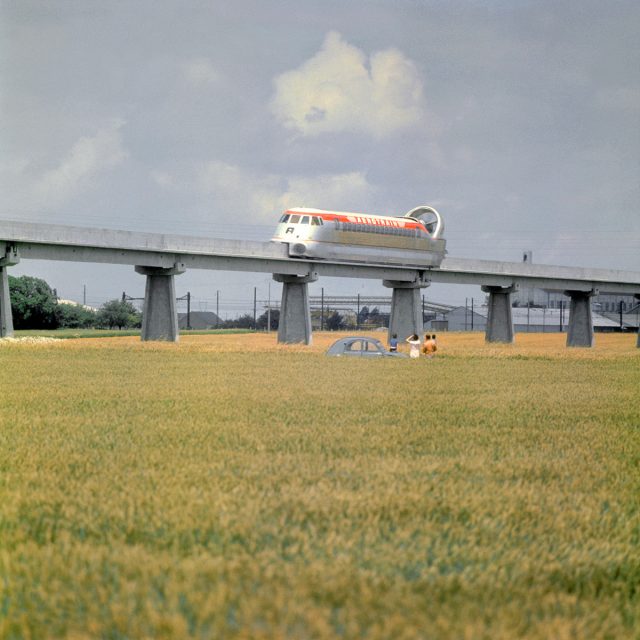
What was unique about the Aerotrain? Rather of beginning on Earth, the idea originated in the skies. Bertin was discussing soundproofing an engine with coworker Louis Duthion one day. For a plane, not a train.
According to the website Amusing Planet, Duthion was taken aback by how compressed air beneath an extremely low-flying aircraft provided more lift and “decreased aerodynamic drag.”
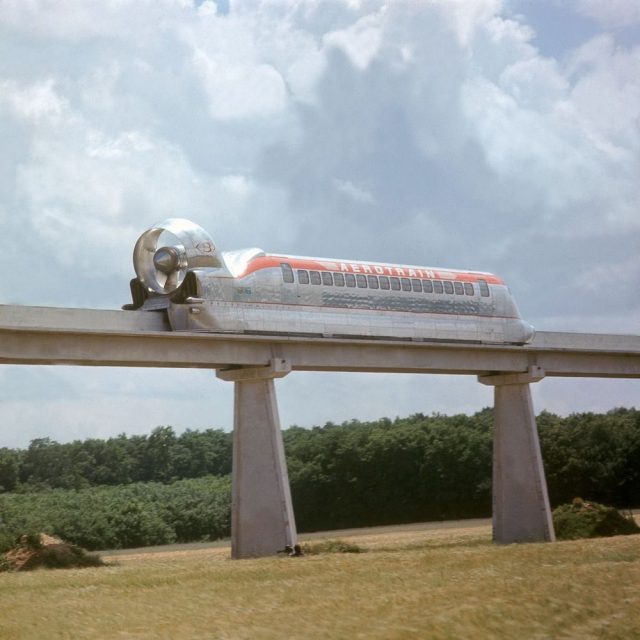
They were talking about “ground effect.” The website states that although pilots were aware of the phenomena, Bertin and his colleagues were unaware of it at all. Bertin eventually calculated that he could use it for a rail network.
Convinced he could succeed where others failed, the extraordinary engineer built on studies from other countries.
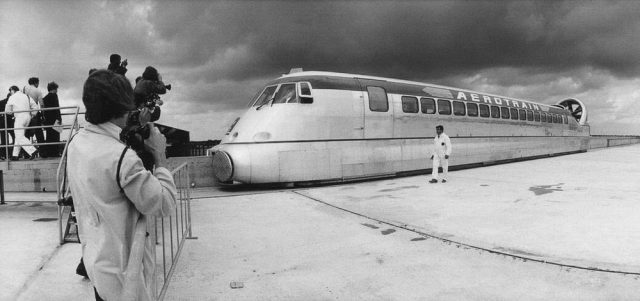
He was capable of doing it, if anyone was. According to Bertin’s obituary in the New York Times, he “founded an engineering firm in 1956 that obtained 3,000 patents in 20 years.” These included the creation of multiple hovercraft systems, an antifog device for airport runways, and an engine silencing system for airplanes.
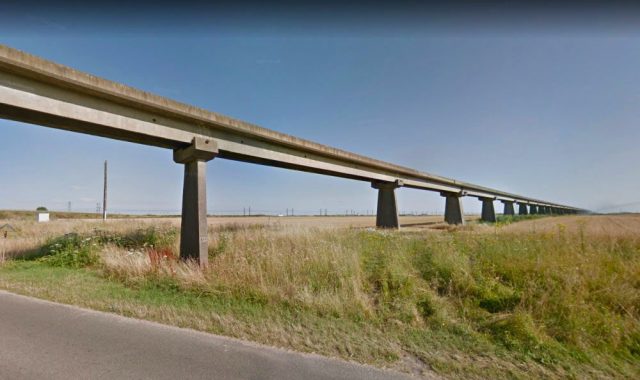
The hovercraft would have an impact on his developing concept of an Aerotrain.
These were launched through the UK at the close of the 1950s, and were soon in operation, or more accurately, floating.
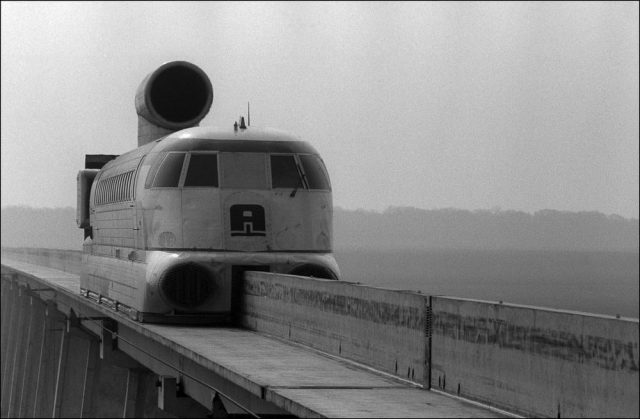
According to Bertin, his train system would function as “an imprisoned airplane,” floating frictionlessly just above a monorail while seated on it. Bertin intended to employ the ground effect principles as an alternative to the magnetic resistance that allowed similar transit options, such “maglevs” or magnetic levitation trains, to glide along.
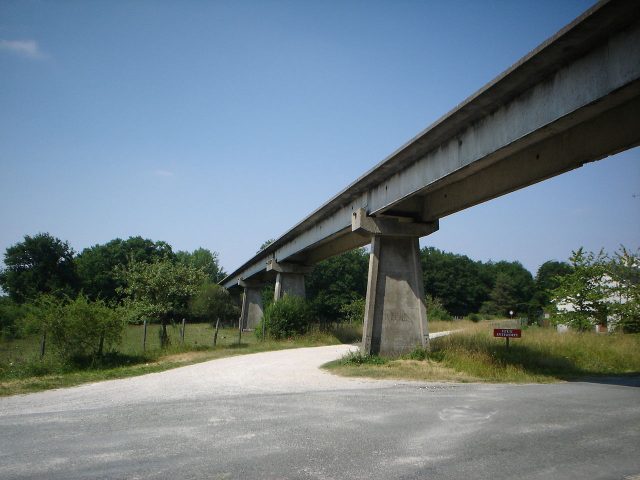
He built scale models and demonstrated his plan on the streets of Paris. Due to the government’s interest in this, Bertin was given financing in 1966 to construct a 6.7-kilometer test track in the Essonne commune of Gometz-le-Châtel.